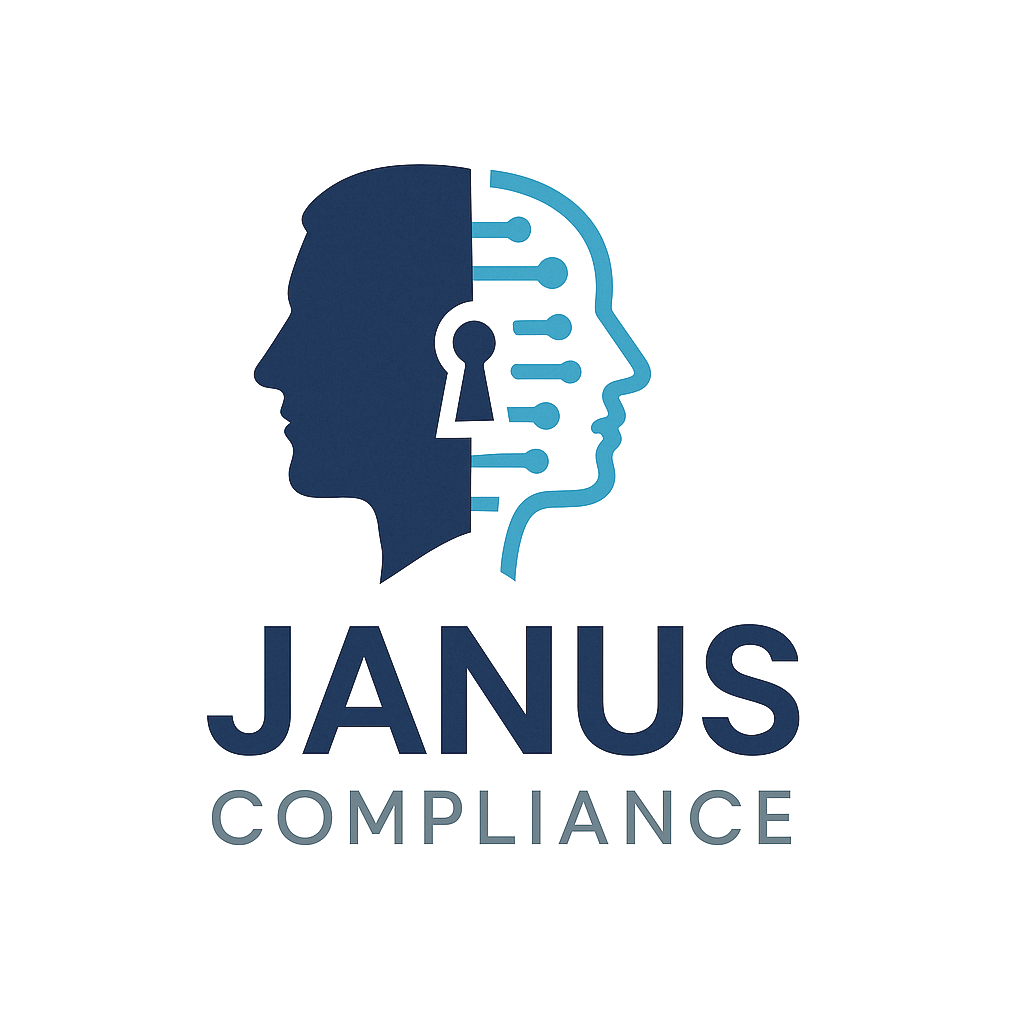The Data Hunger of LLMs vs. The Golden Rule of GDPR: A Guide to Data Minimisation
The arrival of powerful Large Language Models (LLMs) like GPT-4 has unlocked unprecedented capabilities for businesses. From advanced customer service bots to sophisticated data analysis tools, the temptation is to feed these powerful models as much data as possible to maximize their performance. But for any business operating under the UK GDPR, this instinct runs headlong into one of the most fundamental principles of data protection: data minimisation.
Article 5(1)(c) of the GDPR is unequivocal: personal data shall be "adequate, relevant and limited to what is necessary in relation to the purposes for which they are processed." This is the golden rule of data protection. But how can a business reconcile this with a technology that is, by its very nature, data-hungry?
At Janus, we operate at this critical intersection of technological innovation and regulatory reality. This is not a theoretical problem; it is the single greatest unaddressed compliance risk for SMEs adopting AI in 2025.
The Core Conflict: Why LLMs Challenge Data Minimisation
Traditional software is deterministic. A developer can state with certainty that to process a loan application, they need exactly fields A, B, and C. Anything more is superfluous.
LLMs are probabilistic. Their performance is often directly correlated with the richness and volume of the context they are given. An LLM-powered customer service bot given the full chat history of a customer can provide a far more personalized and effective response than one given only the last two messages. This creates a powerful business incentive to provide more data, not less.
This is the conflict. The business wants to provide the model with a rich dataset to get the best results. The law demands that they provide only the absolute minimum necessary.
The Risks of Getting it Wrong
Failing to manage this conflict is not a minor compliance issue. It is a foundational breach that can lead to severe consequences:
Regulatory Fines: A systematic failure to adhere to the principle of data minimisation can be seen by the ICO as a serious infringement, leading to significant fines.
Data Breach Amplification: If you are feeding your LLM unnecessarily large amounts of personal data, the impact of a potential data breach is massively amplified. What could have been a minor incident becomes a major crisis.
Loss of Customer Trust: Customers are becoming increasingly aware of how their data is used. A failure to be a responsible steward of their information is a direct route to reputational damage.
A Framework for Compliance: Three Essential Steps
Reconciling the power of LLMs with the principle of data minimisation requires a new, more sophisticated approach to data governance. Here are the three essential steps any SME must take.
1. Redefine "Necessity" at the Prompt Level
The "purpose" of your processing is not just the high-level business goal (e.g., "to provide customer support"). In the context of LLMs, the purpose must be defined for each individual interaction.
Action: For every type of query you send to an LLM, you must document exactly what data fields are truly necessary to achieve the desired outcome. For example, to answer a question about an account balance, does the model need the customer's full name, address, and date of birth, or just their unique account ID? This analysis must be documented.
2. Implement a "Data Anonymization & Pseudonymization Layer"
Before any data is sent to an LLM (especially a third-party API), it must be "cleaned."
Action: Build or integrate a technical layer that sits between your internal database and the LLM. This layer's job is to strip out or replace any personal data that is not strictly necessary for that specific query.
Anonymization: Completely remove fields like names and addresses.
Pseudonymization: Replace a real account number like 12345 with a temporary, random token like user-ABCDE. The LLM can use this token for the duration of the conversation, and your internal system can then map it back to the real user to provide the final answer.
3. Conduct a Rigorous Data Protection Impact Assessment (DPIA)
The use of LLMs for processing personal data on a large scale is, by its very nature, a "high-risk" processing activity. This means a DPIA is not optional; it is mandatory under Article 35 of the GDPR.
Action: Your DPIA must specifically address the issue of data minimisation. It must document the steps you have taken to limit the data you are processing, the risks of "model drift" or unexpected outputs, and the technical and organizational measures you have put in place to protect the data.
Conclusion: The Competitive Advantage of Compliance
The challenge of data minimisation in the age of LLMs is significant, but it is not insurmountable. For SMEs, it represents an opportunity.
The businesses that thrive in the AI era will be the ones that build on a foundation of trust. By taking a deliberate, compliance-first approach to your use of LLMs, you are not just mitigating risk; you are building a more robust, secure, and trustworthy company. And in the modern economy, trust is the ultimate competitive advantage.
Disclaimer: This article is for informational purposes only and does not constitute legal advice. You should consult with a qualified professional for advice tailored to your specific situation.
